Launching Your App on iOS or Android: Which is Best?
Once you decide to build an app, you have a choice to make: should you develop your app for iOS or Android? Many factors impact your decision,...
4 min read
Written by Katie Iannace, May 30, 2023

In the “Under the Hood” Series, we look at how popular apps have grown loyal usage through behavioral design. Seeing the techniques in action should give you practical ideas for ways to use behavioral design in your own products.
Does it ever feel like you’re running in a hundred different directions? Between work and personal responsibilities, keeping everything straight can be a headache. As a computer science student, Leo Mehlig felt the pain of organizing his busy life. He scoured the App Store in search of a simple tool to help him manage his daily study schedule to no avail. So, he decided to build the app he wanted himself. Little did he know then just how many others would find the simplicity of his daily planner app so useful.
Structured helps users make the most of limited time. Simple and streamlined, the app functions as a hybrid calendar and focus-management system. Users can quickly see their whole days at a glance, so they can quickly spot any free time or address scheduling conflicts.
Mehlig launched the first version of Structured in April 2020, and it’s been growing ever since. What started as a side hustle for the founder and developer is now his full-time job. By April 2022, the app had reached 1.7M downloads, and its global user base has more than doubled since then. With more than 12 thousand reviews and a 4.8-star rating, it’s fair to say Structured has achieved remarkable success in its short lifespan. The app has been featured several times in the App Store and is part of the App Store Foundations Program, which provides resources to selected developers to make their apps and their businesses even better.
So how did Structured become so popular among users all over the world? Let’s take a look under the hood to see how behavioral design contributed to the app’s amazing achievements.
One thing that makes Structured so intuitive is the way it turns a day into a visual timeline. As one reviewer on Medium pointed out, the app mimics the way you would write out your schedule on paper. This makes the jump from spiral-bound agenda to digital tool seamless for new users—no tricky algorithms or steep learning curves!
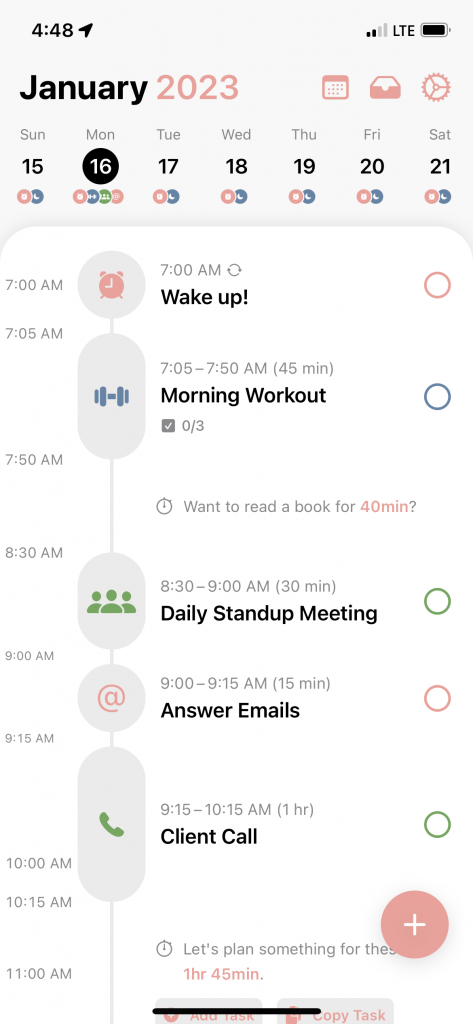
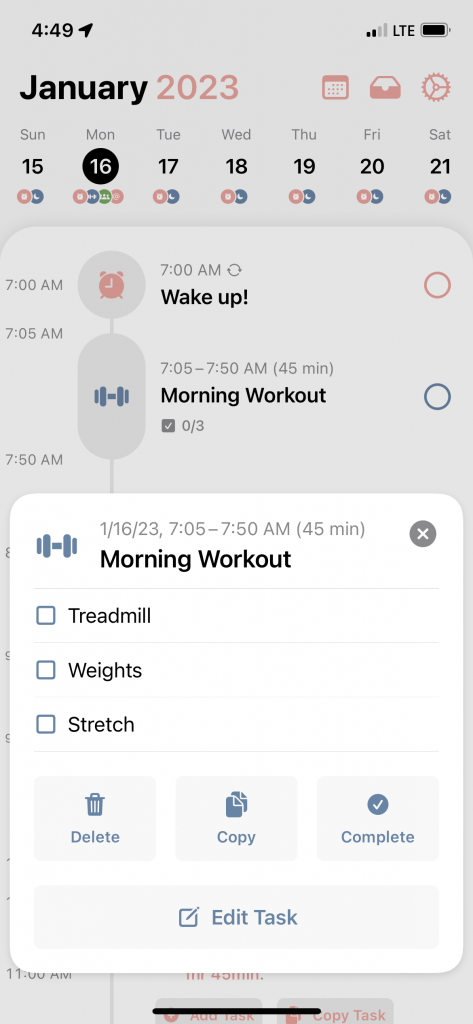
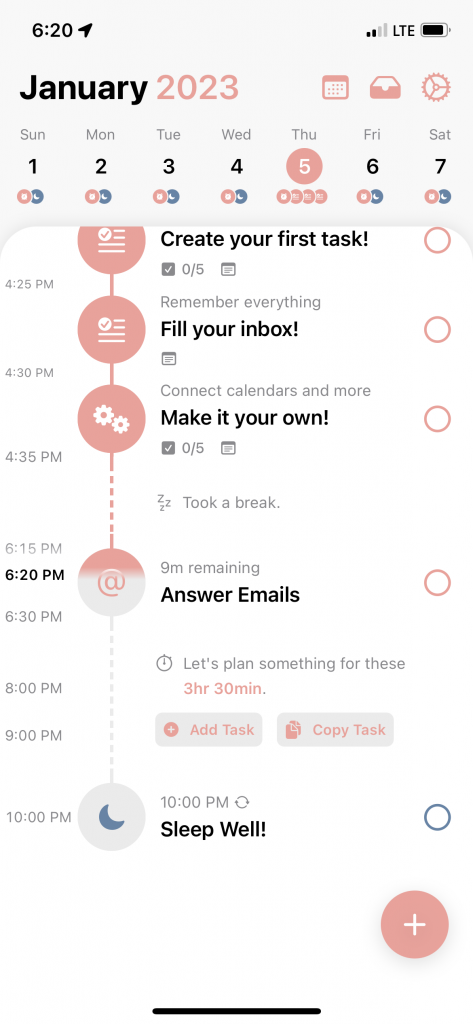
Mehlig claims to be a developer first, not a designer, so landing on just the right UI (user interface) has been an iterative process for the founder. Structured’s current minimalist design lends itself to quick skimming. The simple icons along the left side of the timeline give users an easy shortcut to see what they have coming up next. Similarly, the gradual color fill of each event circle enables quick orientation within a day or a task.
Structured is more than just a timeline of the day. The app also has built-in features that empower users not only to see their schedules but also to conquer them. When the “Focus Now” button within any task is tapped, a timer appears and begins counting down the remaining minutes and seconds dedicated to the task.

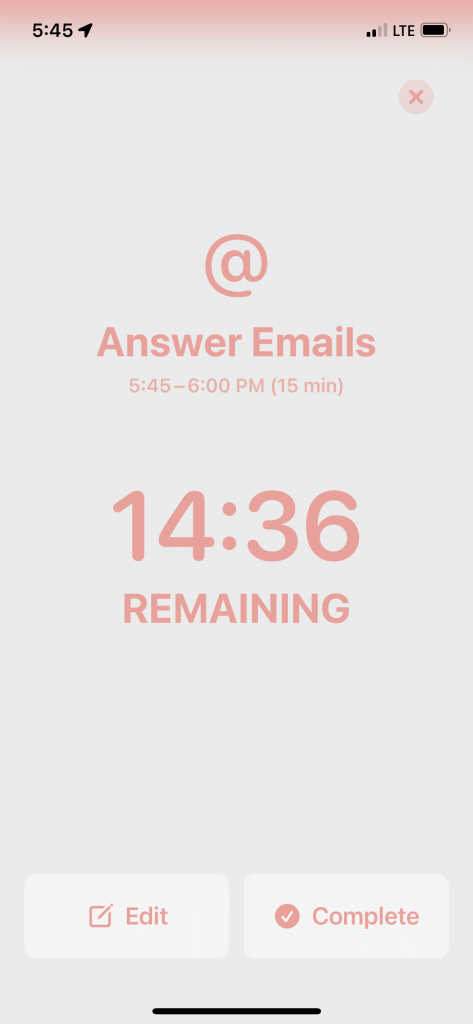
This focus mode feature creates a sense of urgency through the prominent visual reminder that time is ticking. It also acts as a deterrent to mindless scrolling and notification checking—both of which can quickly eat away at time dedicated to something more important. In this way, Structured helps users tune out the distractions and get to work.
Of course, no matter how smart an app is, it can’t read minds. For a tool like Structured to be helpful, the user needs to input all the tasks and activities that he or she wants to accomplish. To the extent that this process of creating new tasks feels burdensome, Structured reduces friction with thoughtful touches like smart icons.

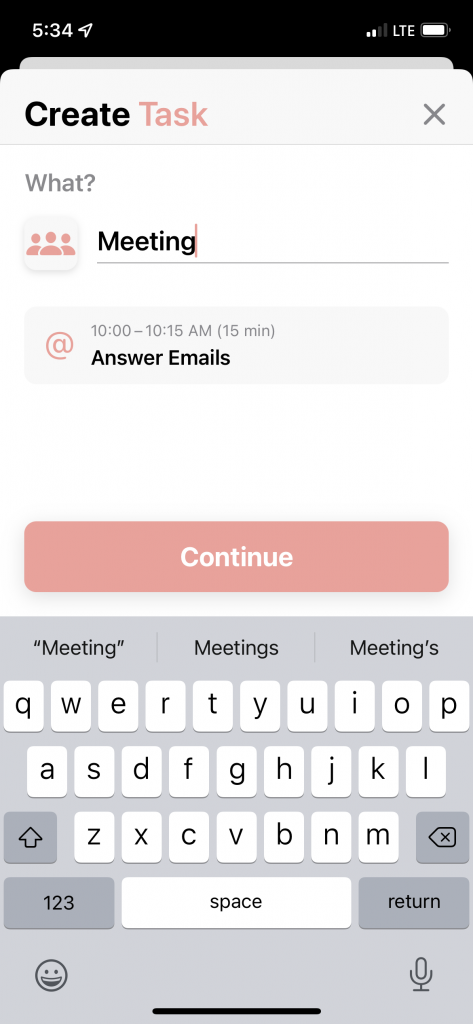
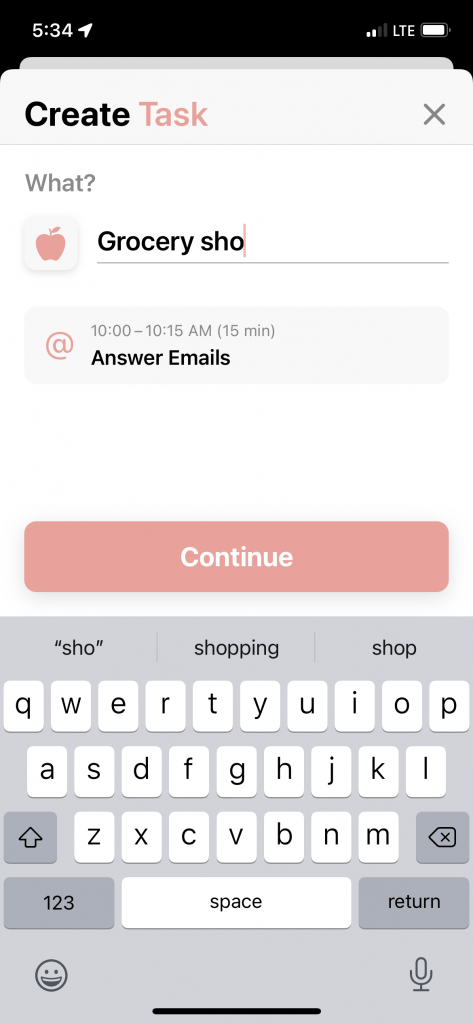
Instead of manually customizing each new task with a representative icon, Structured users only need to type the name of the activity for an appropriate symbol to appear. The app is equipped with a sophisticated guessing algorithm that suggests a symbol for each task from more than 500 unique options. As a result, users benefit from a highly skimmable schedule with minimal effort. Paid versions of the app also offer additional scheduling shortcuts, like the ability to make recurring events and sync with external calendars.
Even without the paid upgrade, creating repeated tasks is a breeze thanks to the suggestions Structured provides. Each time a user creates a new task, a list of previously created tasks automatically appears below it. Trying to add another meeting with your team to your schedule? All you need to do is tap the previous team meeting from the suggested tasks to duplicate the event.
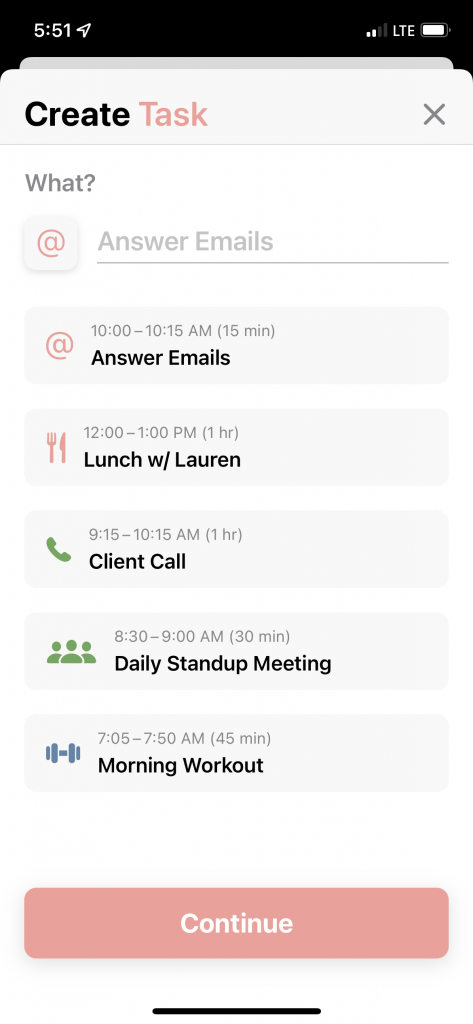
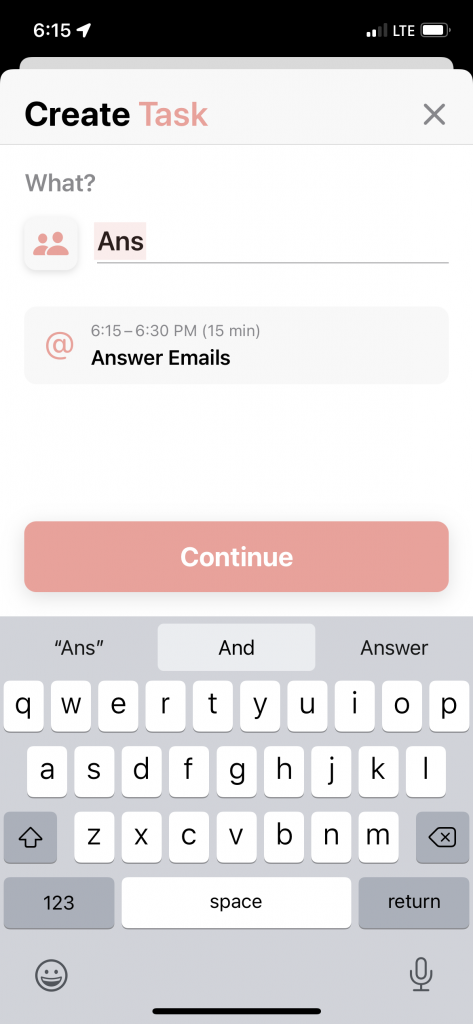
In addition to the dropdown suggested tasks Structured provides, the app also nudges users to make the most of their time with other recommendations throughout the day. For instance, a gap in your morning schedule might prompt a suggestion like “Want to read a book for 40 min?” in your timeline. This subtle messaging equips users to identify any spare time they have and use it wisely—whether that means squeezing in another work call or taking a break.
Distractions are real. Unless you’re looking at your schedule all day, getting sidetracked and missing something important is always a possibility. Luckily, Structured helps users avoid mistakes with custom notifications and alerts. The app takes the burden off of users to remember every important event and acts as a personal secretary to keep them on task.
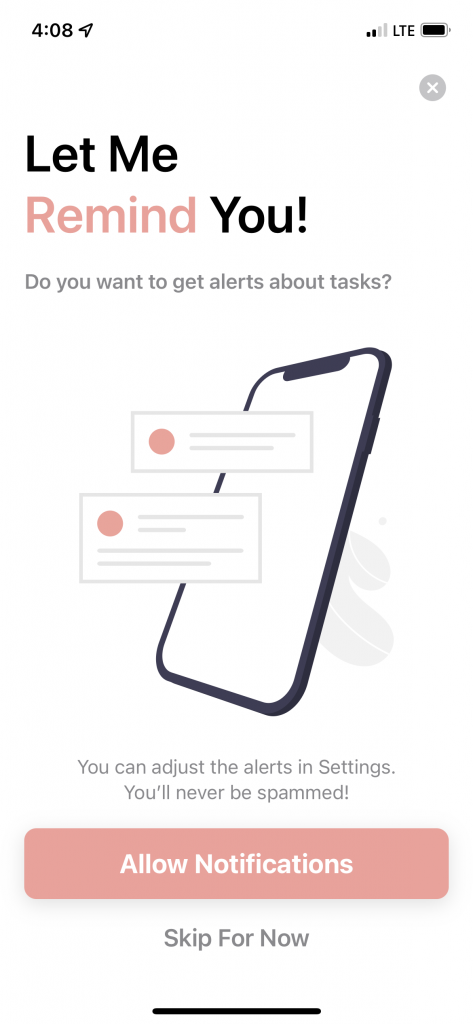

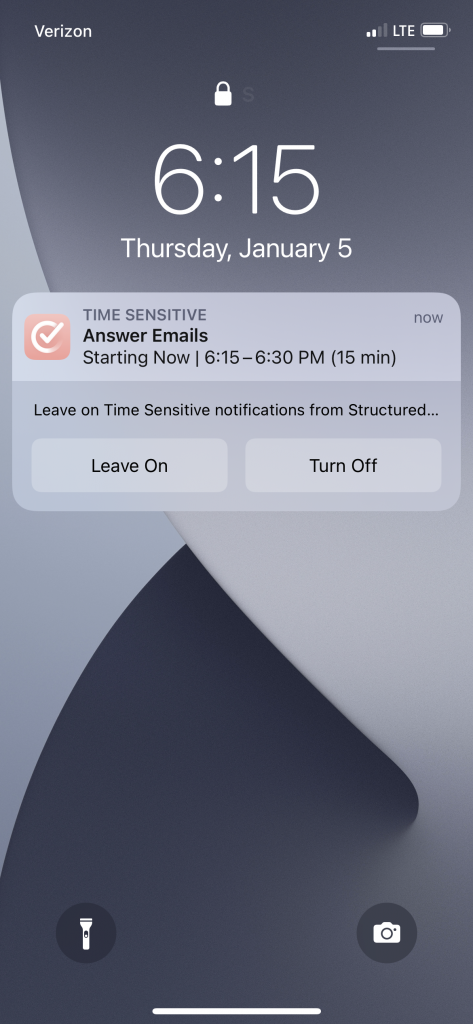
In the Settings section of the app, users can customize if and how they want to receive notifications. Structured Pro, the paid version of the app, provides additional notification settings for even greater control. The notifications and alerts Structured offers help to overcome the human tendency to forget and support users in taking steps toward becoming the timely, focused individuals they want to be.
Structured exhibits some of the hallmarks of behavioral design and their millions of downloads and press attention are proof enough that this approach works.
Interested in incorporating behavioral design into your app or digital project? Let us know. Get in touch to schedule a consultation.
You might also like:
Subscribe to our newsletter.

Once you decide to build an app, you have a choice to make: should you develop your app for iOS or Android? Many factors impact your decision,...

Whether you’re an avid app user or want to build one, read on to discover some of the top app development statistics.
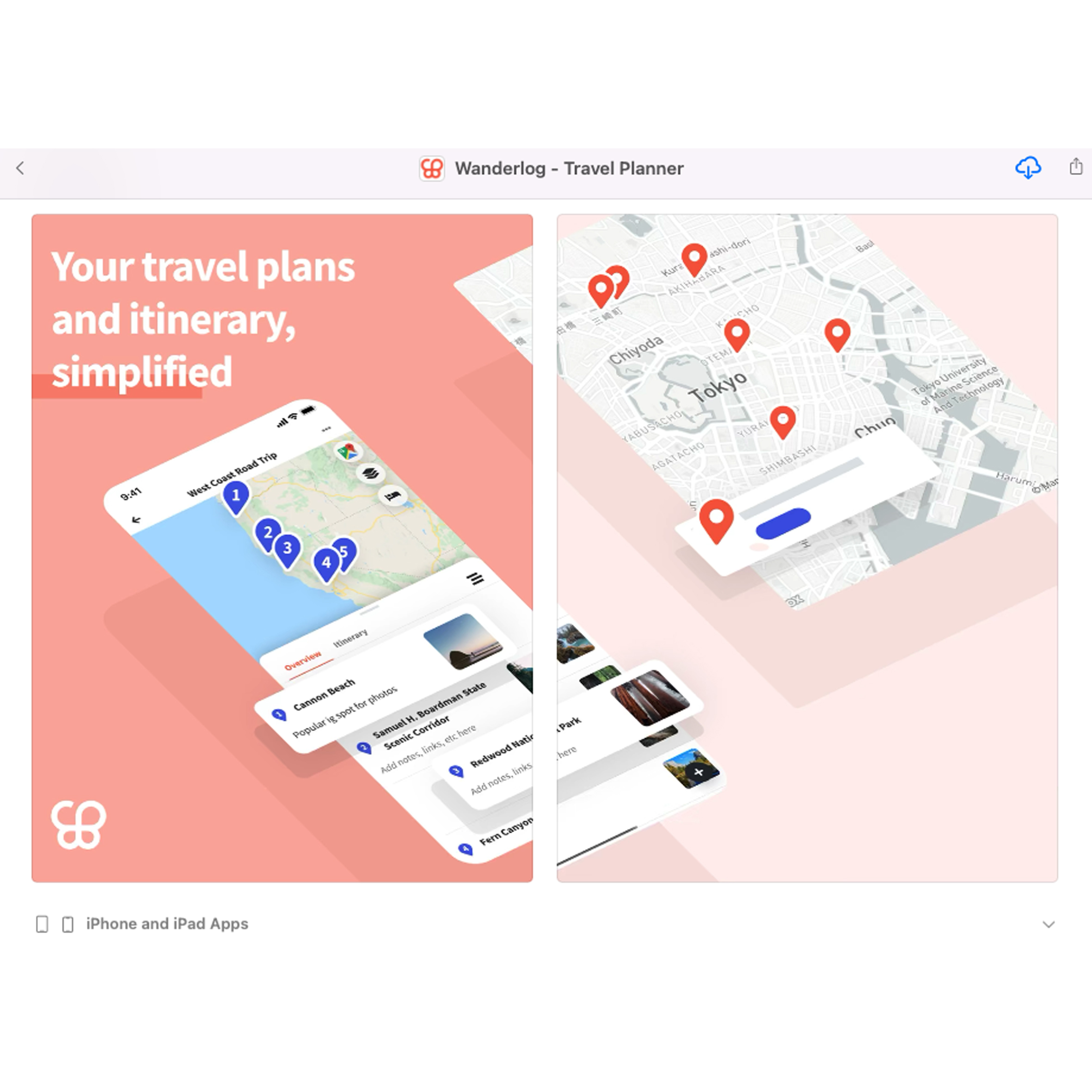
In the “Under the Hood” Series, we look at how popular apps have grown loyal usage through behavioral design. Seeing the techniques in action should...
Post
Share